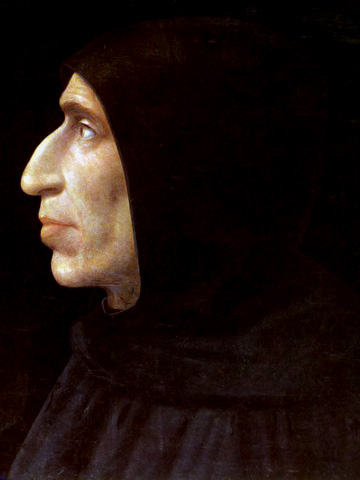On February 7, 1497, the Bonfire of the Vanities was held. This was a burning of objects condemned by religious authorities as occasions of sin. On this day, supporters of the Dominican friar Girolamo Savonarola burned thousands of objects, including cosmetics, art, and books, in the public square of Florence, Italy. They did this the day before Ash Wednesday, also known as Shrove Tuesday or martedi grasso.
Savonarola was a friar assigned to work in Florence in 1490 at the request of Lorenzo de Medici. However, within a few years, Savonarola himself would become one of the foremost enemies of the house of Medici and helped bring about their downfall in 1494.
Savonarola often campaigned against what he considered to be the artistic and social excess he saw in Renaissance Italy. His power grew with such influence that he became the effective ruler of Florence and had soldiers for his protection.

Savonarola believed that any luxury was a sin. Therefore, in the Bonfire of the Vanities, anything considered to have the ability to tempt sin was destroyed. Many went so far as to destroy fine clothing, playing cards, musical instruments, and mirrors. Renaissance paintings and books were also destroyed, including the works of the Italian poet Giovanni Bocaccio.
Savonarola’s radicalism was eventually noticed by Pope Alexander VI, who excommunicated him on May 13, 1497. On charges of heresy and sedition, Savonarola was hung on a cross and burned to death on May 23, 1498. His execution was carried out in the same place his bonfires had previously occurred.

Leave a Reply